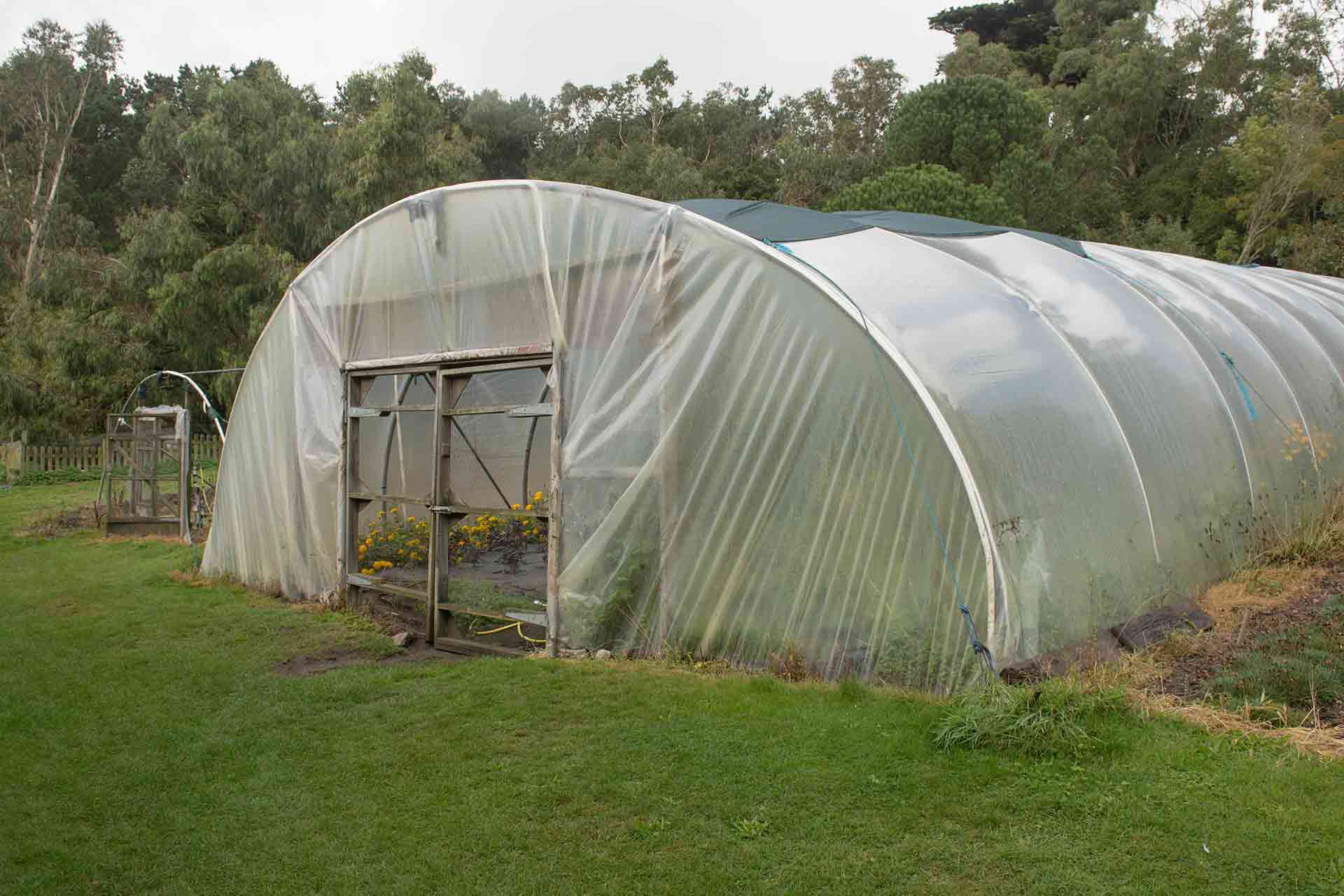Blog>Expert Advice>A guide to growing your own fruit and veg
Last updated: 15 February 2024
A guide to growing your own fruit and veg
Are you ready to embark on a journey of growing your own delicious and nutritious fruits and vegetables? Look no further, because this guide is here to help you get started!
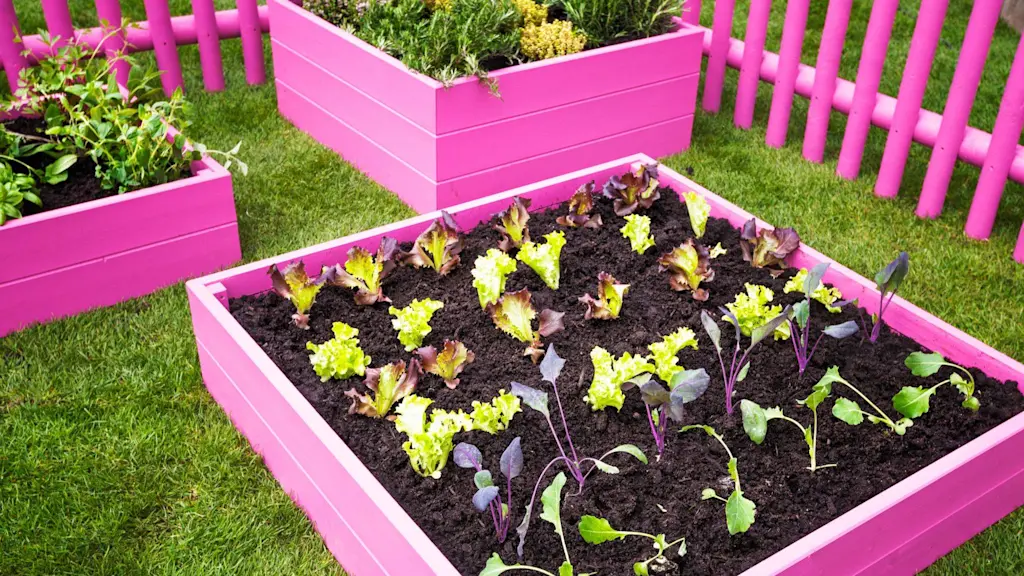
Starting your own fruit and vegetable garden is a rewarding and fulfilling experience that means you can enjoy the freshest produce right at your fingertips. And it’s not as difficult as you may think. Here's what to consider when starting on your journey to growing your own fruit and veg.
Choosing the right seeds and plants
You probably have a good idea of what types of fruit and veg you want to grow but alas not all seeds are created equal. When choosing the right seeds and plants, it's crucial to consider the specific climate and growing conditions in order to ensure successful growth.
Before you start growing your own fruit and veg, here are some tips to help you get started.
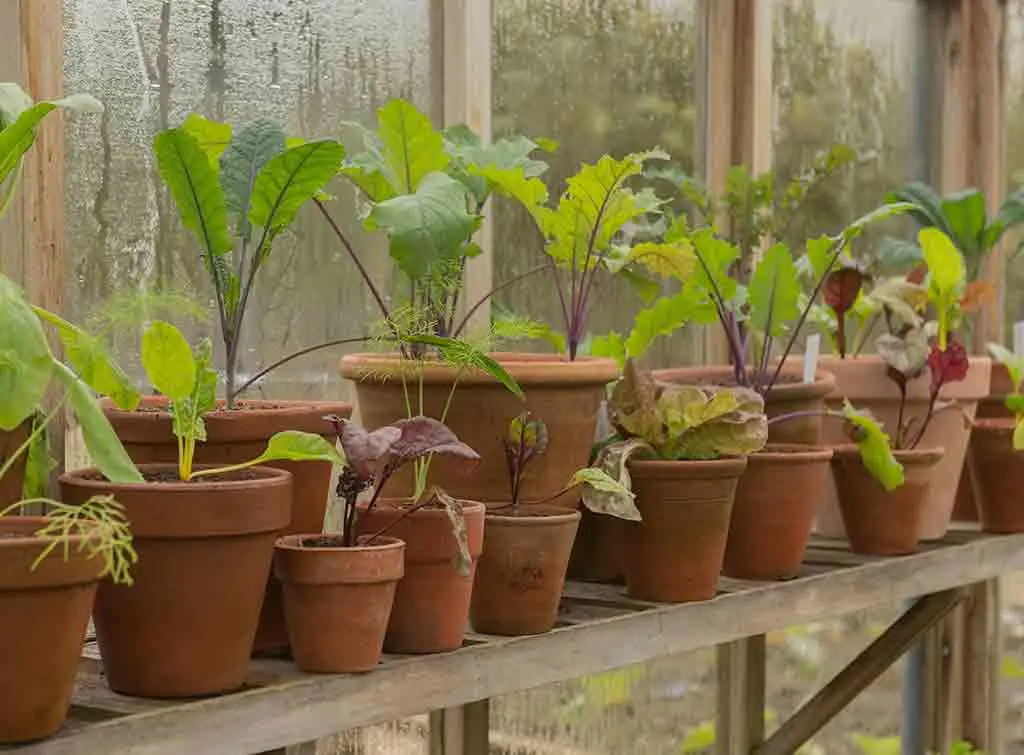
Do your research
Take some time to research which types of fruits and vegetables thrive in your particular climate. Certain plants may require more sunlight, while others may prefer cooler temperatures. Think about where fruits and veg plants may thrive in your garden and make a rough plan or design.
It could be worth getting the help of a garden designer to help you get started.
See the tradespeople we've checked and recommend for your job
Start small
It's a good idea if you're just starting out to choose plants that are suitable for beginners. Some plants are more forgiving and easier to grow than others. And if you want results quickly some are better than others. For example, courgettes are a great choice for beginners as they don't require a huge amount of maintenance and you get a lot of produce from just one plant.
When selecting plants, think about their adaptability to different growing conditions. Opting for plants that are known to be resilient and adaptable can make the gardening experience more enjoyable and rewarding.
Some popular choices for beginner-friendly plants include herbs like basil or mint which are relatively easy to grow and can be a great starting point for those new to gardening. They are also delicious additions to many meals, especially summer salads.
Small gardens
Do you have limited space in your garden? Then strawberries are a fantastic choice. They're pretty low-maintenance and can even thrive in containers. Plus, who doesn't love picking and eating fresh strawberries?
Another easy fruit to grow is the humble blueberry. These are perfect for beginners because they're quite hardy and adaptable to various climates. Just make sure they have enough acidic soil and get a good amount of sunlight.
If you're looking for a fruit that grows on a tree, consider planting a dwarf apple tree. With the right care and pruning, these trees can yield a bountiful harvest of crisp and juicy apples.
For the best crops, it could be worth hiring a local gardener to give you some professional help.
Think about the space
Another option if you have limited space is to grow compact varieties of fruit and veg or consider container gardening.
Container gardening allows you to grow a variety of fruits and vegetables even if you don't have a large garden area or no garden at all. With container gardening, you can utilise balconies, patios, or even windowsills to create your own mini garden.
Choose compact varieties of plants that are specifically bred for container gardening, as they tend to have smaller root systems and can thrive in smaller spaces. Additionally, you can easily move the containers around to optimise sunlight exposure or protect them from extreme weather conditions.
Tomatoes are great to grow in containers, especially the smaller varieties like cherry or grape tomatoes. As for veggies, you can't go wrong with leafy greens like lettuce or spinach. They're easy to grow and perfect for salads or sandwiches. And if you're looking for something a bit more substantial, try growing peppers or even bush beans. Both do well in containers and can add a nice touch to your meals.
Do you have a large garden space? Then why not invest in a polytunnel? Polytunnels are great for growing fruit and vegetables as they allow you to adjust the temperature depending on what you're growing. This can provide the ideal growing conditions.
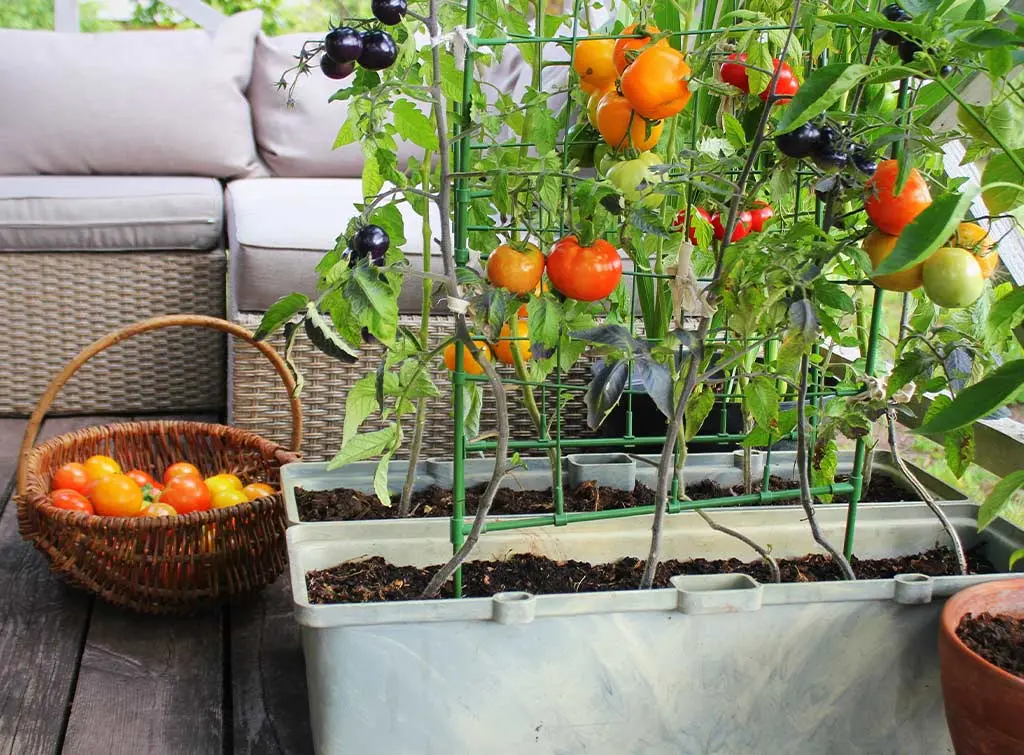
Preparing your garden space
To create the perfect space for your garden, you'll need to begin by preparing the area. Decide if you're going to plant straight into the guide or build a raised bed. Raised beds are a good choice as it's easier to keep on top of weeds but may need a little extra work.
Start by clearing away any debris or weeds that may be in the way. Remove large rocks or roots that could interfere with your plants' growth. Once the area is clear, it's time to till the soil. Use a garden fork or tiller to break up the soil and remove any clumps. This will help create a loose and fertile environment for your plants to thrive in.
Next, add compost or organic matter to enrich the soil and provide essential nutrients. Spread it evenly and mix it into the soil.
Finally, level the ground and create rows or beds for planting and remember to leave enough space between plants for growth and airflow. With a well-prepared garden space, you'll be on your way to a successful harvest. Why not enlist the help of a local gardener to help you plan and plant?
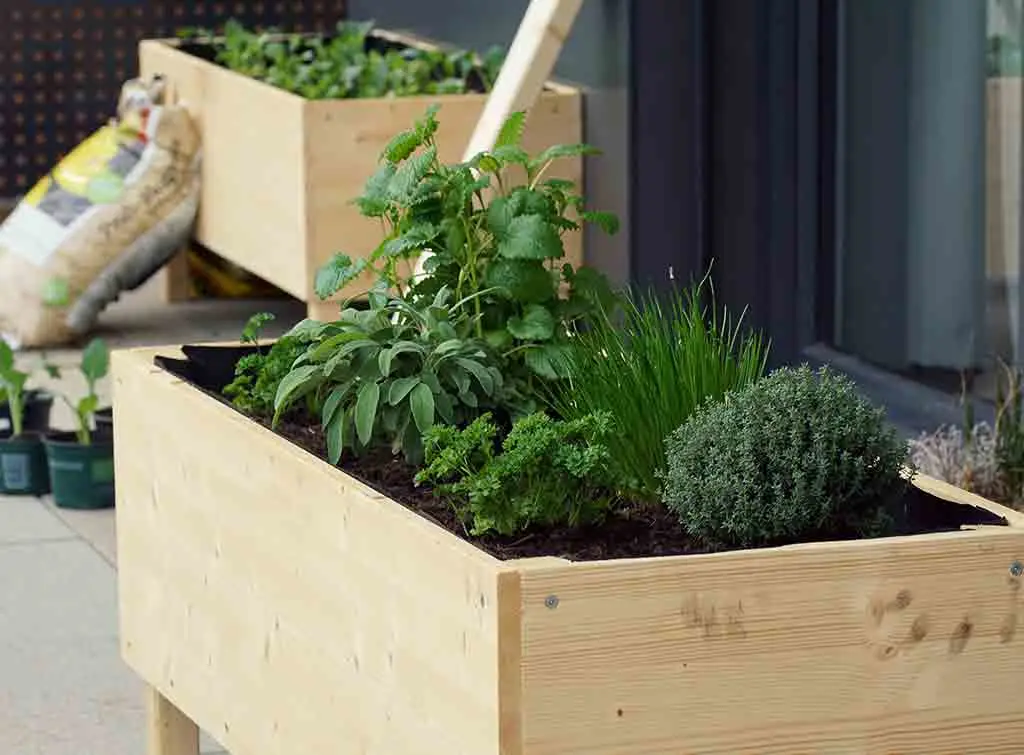
See the tradespeople we've checked and recommend for your job
Providing adequate sunlight and water
As every gardener knows, you make sure you have enough sunlight and water when growing your own fruit and veg. Sunlight is essential for the growth of plants as it provides them with energy through the process of photosynthesis. Choose a location for your garden that receives at least 6-8 hours of direct sunlight per day. This will allow your plants to thrive.
Water is crucial for the survival of your plants so make sure to water them regularly, especially during dry periods but be careful not to overwater them as this could harm them and cause root rot.
The best way to check if your plants need watering is to test the moisture level of the soil by sticking your finger about an inch deep into it. If it feels dry, it's time to water your plants. Remember to water the base of the plants rather than spray the leaves.
By providing adequate sunlight and water, you'll give your garden the best chance to produce healthy and abundant fruits and vegetables all year long.
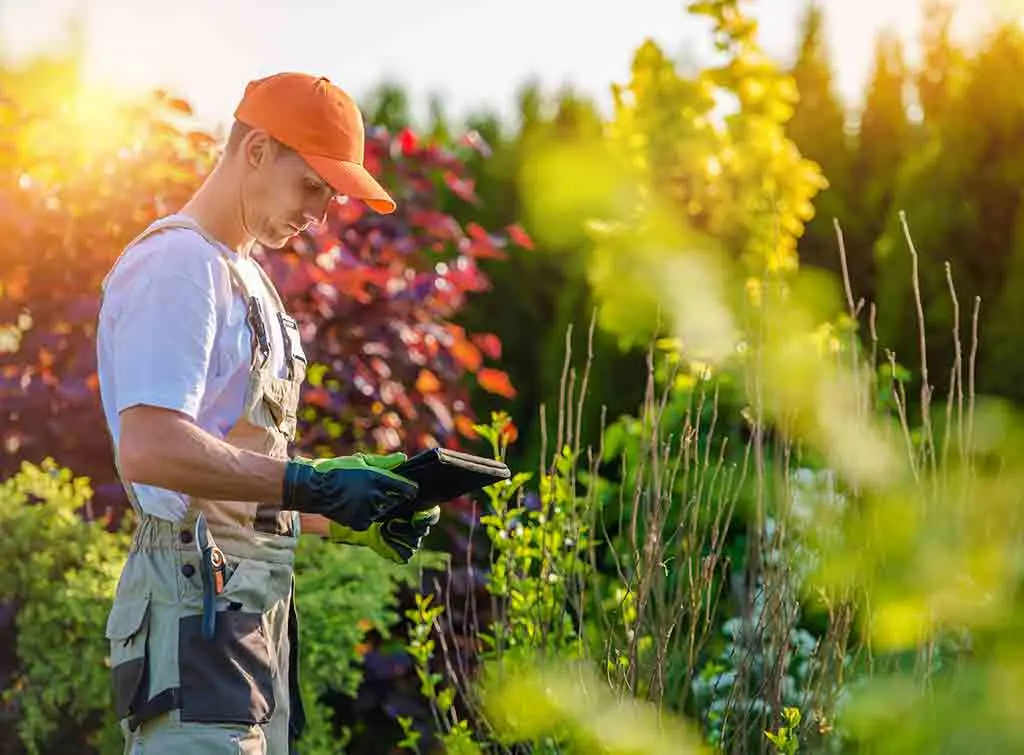
Maintaining proper soil health
Your garden's soil is vital for a flourishing and bountiful harvest. To maintain proper soil health, follow these tips:
Test the soil - Get your soil tested to determine its pH level and nutrient content. This will help you understand what amendments or fertilisers are needed
Add organic matter - Incorporate compost, well-rotted manure, or leaf mould into your soil. This improves its structure, drainage, and nutrient-holding capacity
Avoid compacting the soil - Minimise walking or working on wet soil to prevent compaction. Compacted soil hinders root growth and water infiltration
Mulch the soil - Apply a layer of organic mulch like straw or wood chips to retain moisture, regulate temperature, and suppress weeds
Rotate crops - Rotate your crops each year to prevent the build-up of pests, diseases, and nutrient imbalances
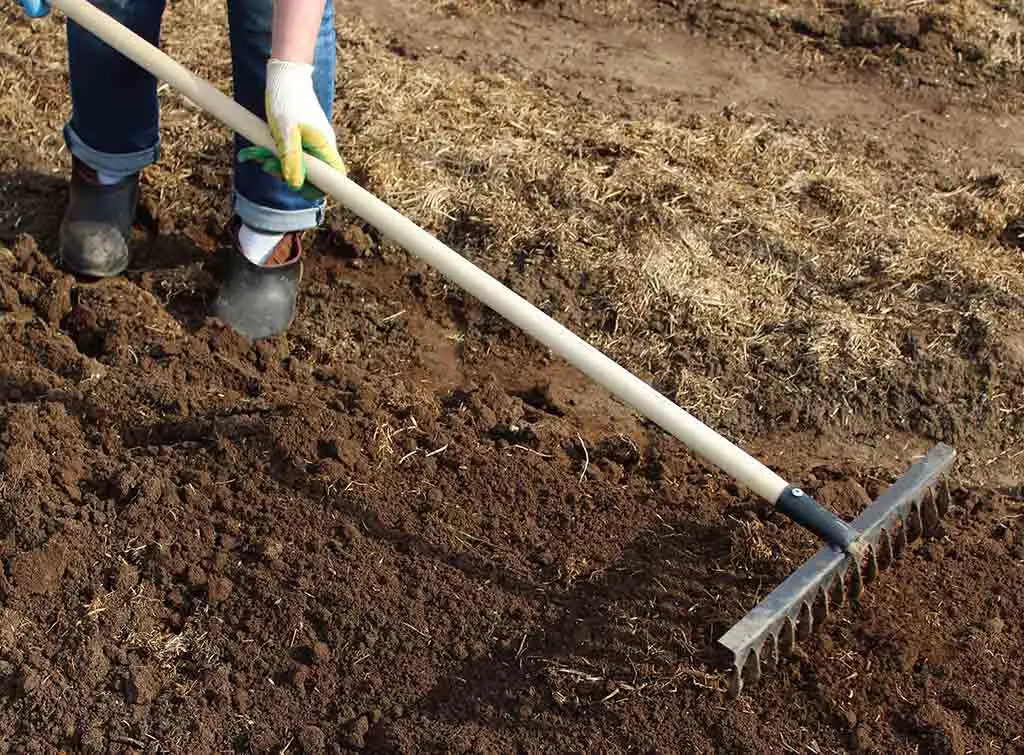
Harvesting and enjoying your homegrown produce
Once your garden is thriving, it's time to reap the rewards and savour the delicious taste of your own fruit and veg. Harvesting your fruits and vegetables at the right time is crucial to ensure maximum flavour and nutrition.
Start by checking the ripeness of each crop individually. For fruits, like tomatoes and berries, gently squeeze them to feel firmness and look for vibrant colours. When it comes to vegetables, such as cucumbers and courgettes, harvest them while they're still young and tender.
Use a sharp knife or shears to cut the produce from the plant, being careful not to damage the remaining fruits or vegetables. Once harvested, wash your bounty thoroughly and enjoy.
Growing your own fruit and veg is a rewarding hobby. You stay active, spend some time in nature and get to eat delicious food fresh from your own garden. What's not to love? Happy growing!
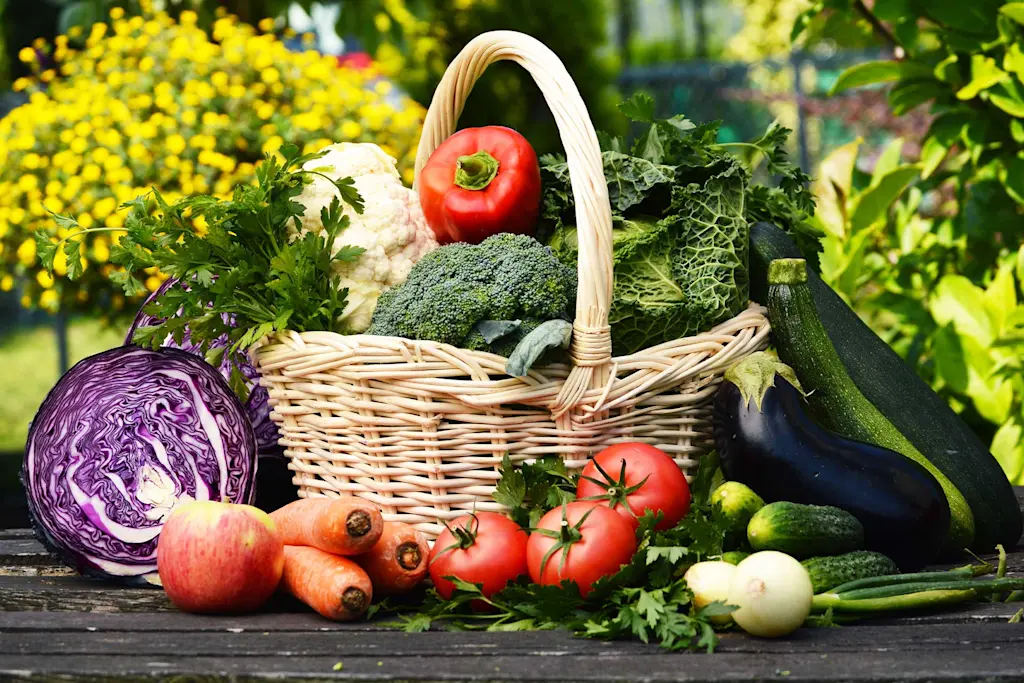
See the tradespeople we've checked and recommend for your job
More Expert Advice Articles
More Gardener Articles
See the tradespeople we've checked and recommend for your job




